Home>Garden Essentials>How Many Seeds Are In A Dragon Fruit
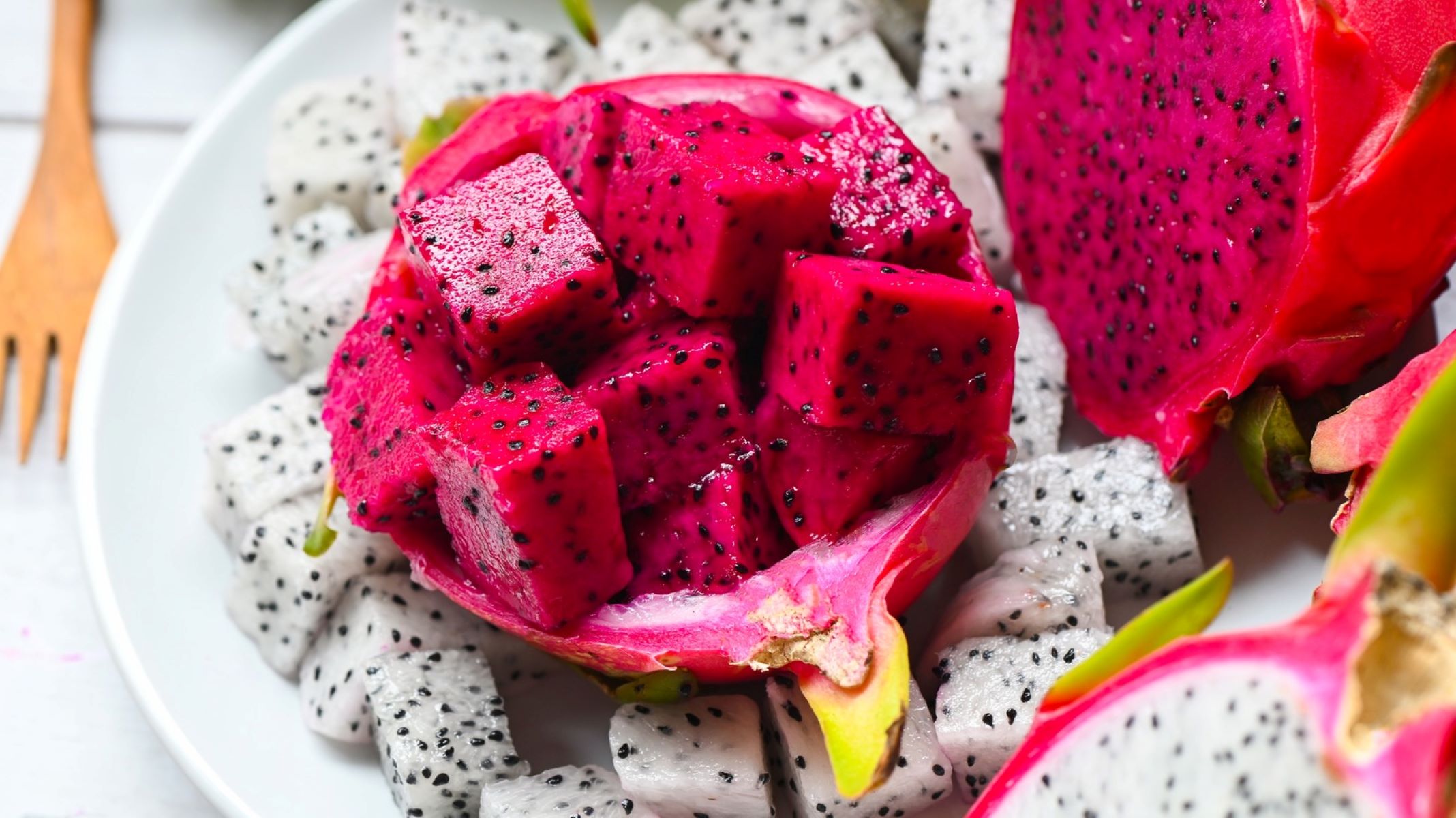

Garden Essentials
How Many Seeds Are In A Dragon Fruit
Modified: May 6, 2024
Discover the answer to "how many seeds are in a dragon fruit" and learn the secrets of growing dragon fruit in your garden.
(Many of the links in this article redirect to a specific reviewed product. Your purchase of these products through affiliate links helps to generate commission for Storables.com, at no extra cost. Learn more)
Introduction
Welcome to the fascinating world of dragon fruits! Have you ever wondered how many seeds are in a dragon fruit? If you’re curious about the seed count of this exotic fruit, you’ve come to the right place. In this article, we will delve into the anatomy of a dragon fruit, explore the factors that influence seed distribution, and discover the typical seed count you can expect to find in these delicious fruits.
Dragon fruits, also known as pitayas, are the vibrant and eye-catching fruits of various cactus species belonging to the genus Hylocereus and Selenicereus. Native to tropical regions of Central America and Southeast Asia, dragon fruits have gained popularity worldwide for their unique appearance, refreshing taste, and numerous health benefits.
The anatomy of a dragon fruit is intriguing. Its outer skin is usually a bright pink or yellow color, with scales that give it a mesmerizing dragon-like appearance. Once you cut the fruit open, you’ll be greeted by a stunning sight. The interior flesh can be white, red, or purple, speckled with tiny black seeds. And that’s where the question arises – how many seeds are in a dragon fruit?
The distribution of seeds in a dragon fruit largely depends on various factors, including the specific variety of dragon fruit, pollination process, growing conditions, and genetic factors. All these elements influence the number of seeds found in each individual fruit.
There is no fixed number when it comes to the seed count in a dragon fruit. It can range anywhere from a few dozen to a few hundred, with some exceptional cases even exceeding a thousand seeds. However, the average seed count typically falls within a certain range.
Understanding the importance of seed count in dragon fruits is vital for growers and enthusiasts. The seed count not only affects the fruit’s overall appearance and consumer preference but also plays a role in the fruit’s reproductive capabilities and genetic diversity. Furthermore, it can have implications for commercial cultivation, as higher seed counts may increase the difficulty and cost of processing.
So, let’s embark on this journey to uncover the mysteries of seed count in dragon fruits. Join us as we explore the factors that contribute to seed distribution and reveal the typical seed count you can expect to find in these marvelous fruits.
Key Takeaways:
- Dragon fruits typically contain 200-500 seeds, influenced by variety, pollination, growing conditions, and fruit maturity. Seed count affects plant reproduction, genetic diversity, visual appeal, and culinary uses, adding intrigue to these exotic fruits.
- The seed count in dragon fruits impacts their reproduction, appearance, texture, and commercial value. Each seed contributes to the fruit’s unique characteristics, making every bite a delightful and fascinating experience.
Read more: How To Sprout Dragon Fruit Seeds
What is a Dragon Fruit?
Before we dive deeper into the seed count of a dragon fruit, let’s first understand what exactly a dragon fruit is. Dragon fruit, also known as pitaya, is a tropical fruit that comes from various cactus species of the Hylocereus and Selenicereus genera. The fruit is native to Central America and Southeast Asia, but its popularity has spread worldwide.
Dragon fruits are visually stunning, with their vibrant colors and unique shape. The fruit’s outer skin is typically bright pink or yellow, covered in scales that resemble the mythical creature it’s named after – a dragon. When you cut open a dragon fruit, you’ll discover its striking and delicious flesh.
The interior of a dragon fruit can have different colors, including white, red, or purple. The flesh is dotted with small black seeds, adding a delightful crunch to every bite. The taste of dragon fruit is often described as a blend of sweetness and a mildly tangy flavor, reminiscent of a cross between a kiwi and a pear.
Besides their visual appeal and delightful taste, dragon fruits are also known for their numerous health benefits. They are rich in vitamins, minerals, and antioxidants, making them a nutritious addition to your diet. Dragon fruits are high in vitamin C, which can boost your immune system and promote skin health. They also contain dietary fiber, which aids in digestion and helps maintain a healthy weight.
Dragon fruits are not only consumed fresh but can also be used in various culinary creations. They are often added to smoothies, salads, desserts, and even cocktails, adding a tropical touch to any dish.
With their exotic appearance, refreshing taste, and health benefits, dragon fruits have become increasingly popular in recent years. Now that we have a better understanding of what dragon fruits are, let’s explore the intricate anatomy of this intriguing fruit to unravel the secrets behind its seed count.
Anatomy of a Dragon Fruit
To truly appreciate the seed count of a dragon fruit, it’s important to understand its unique anatomy. Let’s take a closer look at the different parts of this fascinating fruit.
The outer appearance of a dragon fruit is visually striking. The fruit is usually oval or oblong in shape and covered in a thick, leathery skin. The skin can range in color, with common varieties exhibiting vibrant shades of pink, yellow, or red. It is adorned with scales or protrusions that resemble the scales of a dragon, hence the fruit’s name.
When you cut open a dragon fruit, you’ll be greeted by a stunning display of colors. The flesh of the fruit can be white, red, or purple, depending on the specific variety. This vibrant interior flesh is filled with small, black seeds, akin to tiny polka dots. These seeds are embedded within the flesh and contribute to both the texture and flavor of the fruit.
Now, let’s delve deeper into the different layers of a dragon fruit:
- Outer Skin: The outer skin, also known as the rind or peel, serves as a protective layer for the fruit. It is thick and leathery, shielding the delicate flesh and seeds inside.
- Flesh: The flesh of a dragon fruit is where the magic happens. It is the edible part of the fruit and provides the delightful taste and texture. The flesh can be juicy and slightly crunchy, with a refreshing flavor profile.
- Seeds: Scattered throughout the flesh are numerous small, black seeds. These seeds are not only visually appealing but also add a pleasant crunch to the eating experience. They are similar in size to sesame seeds and are spread throughout the fruit’s flesh.
The anatomy of a dragon fruit is a testament to its uniqueness and appeal. The combination of vibrant colors, intriguing texture, and sweet-tangy flavor makes it a favorite among fruit enthusiasts.
Now that we have an understanding of the anatomy of a dragon fruit, let’s explore the factors that influence the distribution of seeds within the fruit, and ultimately, determine the seed count.
Seed Distribution in a Dragon Fruit
The distribution of seeds in a dragon fruit is not random. Several factors come into play to determine how the seeds are distributed within the fruit. Let’s explore these factors to gain a better understanding of seed distribution in a dragon fruit.
1. Variety: Different varieties of dragon fruits may have varying seed distributions. Some varieties are known to have more seeds packed closely together, while others may have fewer seeds that are more spread out. The genetic characteristics of the specific variety can influence the seed count and distribution.
2. Pollination Process: Dragon fruits, like other fruits, require pollination for seed formation. The process of pollination involves the transfer of pollen from the male parts (stamens) to the female parts (pistil) of the flower. In dragon fruits, this can happen naturally through insects or be facilitated by human intervention. The efficiency of the pollination process can impact the seed count in the fruit.
3. Growing Conditions: The environmental conditions in which dragon fruits are grown can also affect seed distribution. Factors such as temperature, humidity, and sunlight exposure can play a role in the fruit’s development. Optimal growing conditions provide favorable circumstances for seed formation and distribution.
4. Fruit Maturity: The stage of fruit maturity can influence seed distribution. Immature fruits are more likely to have fewer seeds that are less developed and spread out. As the fruit ripens, the seeds have more time to develop and fill the available space within the fruit, resulting in more seeds.
5. Genetic Factors: The genetic makeup of the dragon fruit plant plays a significant role in determining the seed count and distribution. Some cultivars and hybrids are bred specifically to have a higher seed count, while others may be bred to have fewer seeds. Genetic factors can impact the overall appearance and characteristics of the fruit.
These factors collectively contribute to the seed distribution within a dragon fruit. While there is variation in seed count among different dragon fruit fruits, the average seed count typically falls within a certain range.
Next, let’s explore the typical seed count you can expect to find in a dragon fruit and understand the importance of seed count in these captivating fruits.
A dragon fruit can have anywhere from hundreds to thousands of tiny black seeds. The exact number of seeds can vary depending on the size and variety of the fruit.
Factors Affecting Seed Count
The seed count in a dragon fruit can vary based on several factors. Understanding these factors will shed light on the range of seed counts you may encounter in different dragon fruit varieties. Let’s explore the key factors that can influence the seed count in a dragon fruit.
1. Variety: Different dragon fruit varieties exhibit variations in seed count. Some varieties are known to have a higher seed count, while others may have fewer seeds. This variation is determined by the genetic makeup of the specific dragon fruit variety.
2. Pollination: The pollination process plays a crucial role in seed development and count. Dragon fruit flowers need to be pollinated for seeds to form. Naturally, pollinators like bees and other insects play a significant role in transferring pollen between flowers. However, growers often intervene by hand-pollinating dragon fruit flowers to ensure successful fruit set and maximize seed development.
3. Cultural Practices: Cultural practices, such as proper fertilization and irrigation, can affect seed count. Providing the plant with the right nutrients and water during its growth stages can ensure optimal fruit development and seed production.
4. Growing Conditions: Environmental factors like temperature, humidity, and light exposure can impact seed count. Dragon fruits require a warm and tropical climate to thrive. Extreme weather conditions, such as heatwaves or excessively cold temperatures, can negatively affect fruit development and, subsequently, seed count.
5. Fruit Maturity: The stage of fruit maturity can influence seed count. Dragon fruits that are harvested at an earlier stage of maturity usually have fewer developed seeds. As the fruit continues to mature and ripen, the seed count increases as the seeds fully develop and fill the available space within the fruit.
6. Genetic Traits: The genetic characteristics of a dragon fruit variety can dictate its seed count. Some varieties naturally produce more seeds, while others have been selectively bred to have fewer seeds or even seedless fruit. Breeders have focused on developing cultivars with desirable traits, including seed count, to cater to specific consumer preferences.
It’s important to keep in mind that the factors affecting seed count are interconnected and can have overlapping effects. Additionally, the specific combination of these factors will vary depending on the variety and growing conditions. As a result, you may encounter dragon fruits with a wide range of seed counts.
Now that we understand the factors influencing seed count, let’s explore the typical seed count you can expect to find in a dragon fruit and understand its significance.
Read more: How To Plant Dragon Fruit Seeds
How Many Seeds Are Typically Found in a Dragon Fruit?
The seed count in a dragon fruit can vary widely, but there is a typical range that you can expect to find in most fruits. On average, a dragon fruit can contain anywhere from 200 to 500 seeds, although this number is not set in stone and can vary depending on several factors.
The seed count is influenced by various factors such as the specific variety, pollination process, growing conditions, fruit maturity, and genetic traits. These factors interact to determine the number of seeds that develop within the fruit.
Some dragon fruit varieties are known to have a higher seed count, while others may have fewer seeds. Additionally, the efficiency of the pollination process can impact seed count. Proper pollination ensures the transfer of pollen and leads to adequate seed development within the fruit.
Growing conditions, including temperature, humidity, and light exposure, also play a role in seed count. Optimal conditions create an environment conducive to seed development, resulting in a higher seed count.
As the fruit matures, the seed count tends to increase. Early-stage fruits may have fewer developed seeds, while fully matured fruits tend to have more fully developed seeds that fill the available space within the fruit.
Furthermore, genetic traits of the dragon fruit variety can influence the seed count. Some cultivars are specifically bred to have a higher seed count, while others may be bred for fewer seeds or even marketed as seedless varieties.
It’s important to note that while the average seed count ranges from 200 to 500, there can be variations outside of this range. In exceptional cases, some dragon fruits may have an unusually high seed count, exceeding a thousand seeds, while others may have a considerably lower seed count.
Regardless of the specific seed count, dragon fruits remain a delectable and nutritious fruit, cherished for their unique flavor and vibrant appearance. Seed count is just one of the many intriguing aspects of these captivating fruits.
Now that we’ve explored the typical seed count in a dragon fruit, let’s delve into the importance of seed count in these fascinating fruits.
Importance of Seed Count in Dragon Fruits
The seed count in dragon fruits holds significance both from a horticultural and consumer perspective. Let’s explore the importance of seed count in these captivating fruits.
1. Plant Reproduction: The seeds in a dragon fruit play a crucial role in the plant’s reproductive cycle. They are responsible for creating genetic diversity and ensuring the survival and continuation of the species. The seed count directly affects the plant’s reproductive capabilities, allowing it to produce new plants and propagate through natural means.
2. Genetic Diversity: Seeds contribute to the genetic diversity within the dragon fruit population. The more seeds a fruit contains, the greater the potential for genetic variations among the resulting plants. This genetic diversity improves the resilience of the species to environmental changes, pests, and diseases, ultimately ensuring the long-term survival and adaptability of the dragon fruit plant.
3. Visual Appeal: Seed count can impact the visual appeal of dragon fruits. The seeds, with their contrasting color against the juicy flesh, add an aesthetically pleasing element to the overall appearance of the fruit. Fruits with a higher seed count often have a speckled or dotted appearance, enhancing their visual allure.
4. Texture and Mouthfeel: The seeds in a dragon fruit contribute to its texture and mouthfeel. They add a pleasant crunch and texture variation that complements the soft and juicy flesh. Whether eaten fresh, added to a smoothie, or used in culinary creations, the seeds provide a delightful eating experience.
5. Culinary Uses: The seed count can also influence the culinary uses of dragon fruits. Higher seed counts may make it more challenging to process the fruit into purees or juices, as the seeds need to be removed. Fruits with fewer seeds are often preferred in culinary applications where a smooth texture is desired.
6. Commercial Considerations: The seed count can have implications for commercial cultivation and processing. Higher seed counts may increase the difficulty and cost of processing dragon fruits, particularly if the seeds need to be removed. Seedless varieties or those with fewer seeds may be more sought after by certain markets and consumers, influencing market demand and prices.
While the seed count is an important aspect of dragon fruits, it’s essential to note that the overall taste, texture, and nutritional profile of the fruit remain significant factors that drive consumer preference.
Now that we’ve explored the importance of seed count in dragon fruits, it’s time to conclude our journey into the seed-filled world of these extraordinary fruits.
Conclusion
Dragon fruits, with their vibrant appearance and refreshing taste, have captivated people around the world. Throughout this article, we’ve explored the seed count in dragon fruits and the factors that influence it. While there is no fixed number of seeds in a dragon fruit, the average seed count typically ranges from 200 to 500 seeds.
The seed count is influenced by various factors, including the variety of dragon fruit, the pollination process, growing conditions, fruit maturity, and genetic traits. These factors interact to determine the number of seeds that develop within the fruit.
Understanding the seed count in dragon fruits is not only important for horticulturists and growers but also adds to our appreciation of these marvelous fruits. The seed count contributes to the plant’s reproductive capabilities, genetic diversity, visual appeal, and texture. It also has implications for culinary uses and commercial considerations in the dragon fruit industry.
Whether you enjoy the crunchiness of the seeds, the visually striking appearance they create, or their significance in plant reproduction, the seed count adds depth and intrigue to the experience of indulging in a dragon fruit.
So, the next time you bite into a dragon fruit, take a moment to appreciate the multitude of seeds that contribute to its unique characteristics. Each seed represents the potential for new plants and a continuation of the dragon fruit legacy.
Now that we’ve unveiled the secrets of seed count in dragon fruits, may your future encounters with these extraordinary fruits be filled with awe and appreciation for their natural beauty and delicious taste.
Now that you've learned about the fascinating seed count in dragon fruits, why not dive deeper into how these seeds start their journey? If you're curious about how soon you can see sprouts after planting, our next article on seed germination will shed some light. This guide offers practical insights into nurturing seeds effectively, ensuring your gardening efforts bear fruit sooner rather than later. Don't miss out on unlocking the secrets of fostering growth from the very start!
Frequently Asked Questions about How Many Seeds Are In A Dragon Fruit
Was this page helpful?
At Storables.com, we guarantee accurate and reliable information. Our content, validated by Expert Board Contributors, is crafted following stringent Editorial Policies. We're committed to providing you with well-researched, expert-backed insights for all your informational needs.
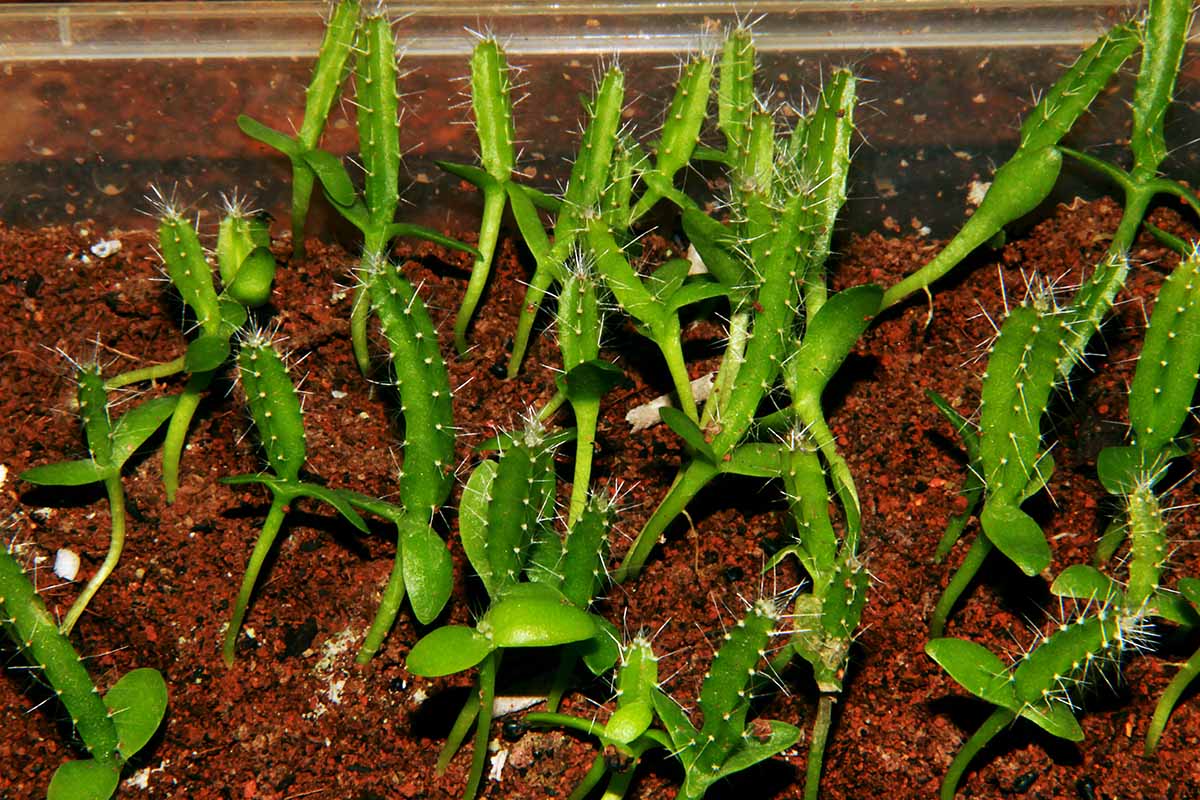
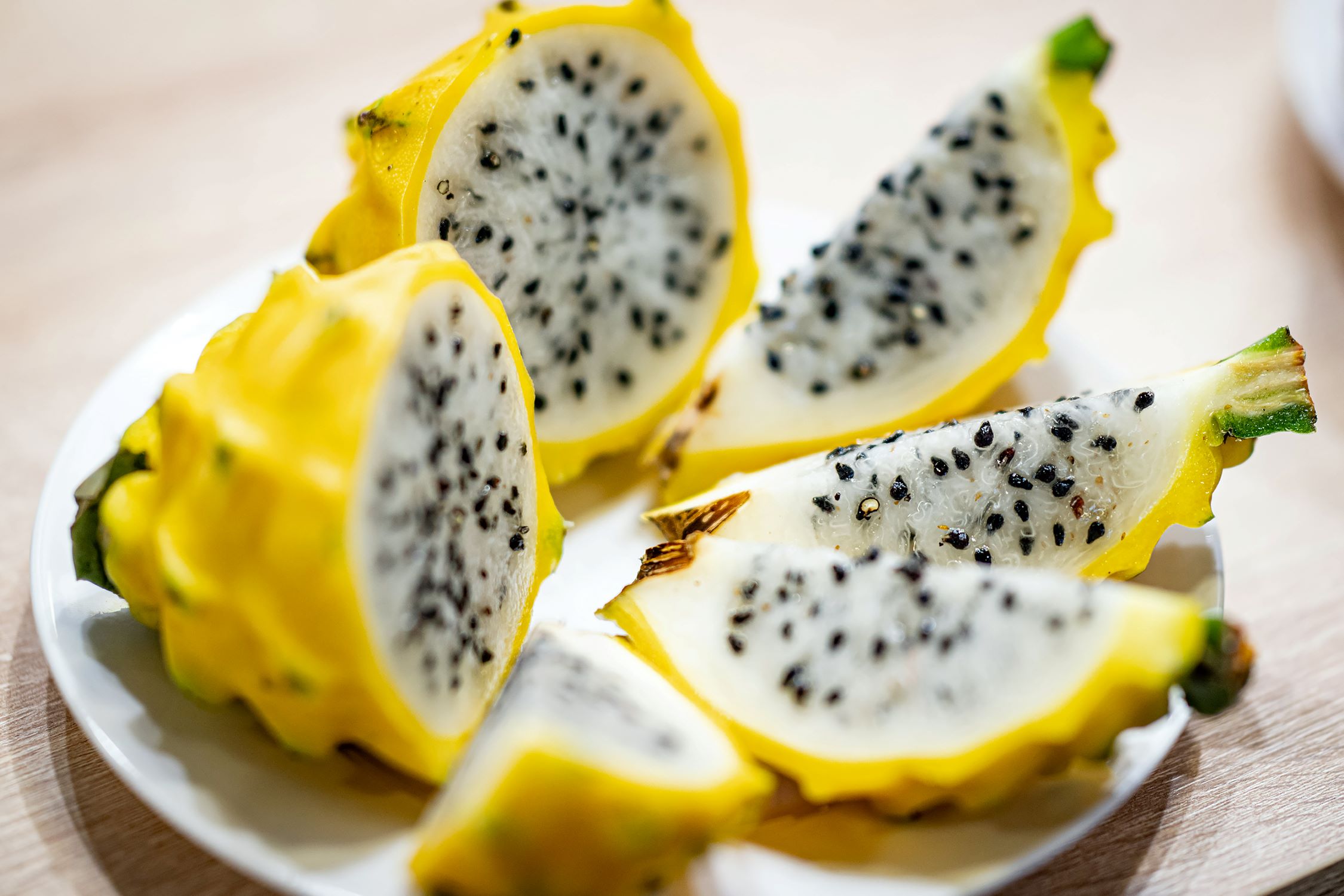
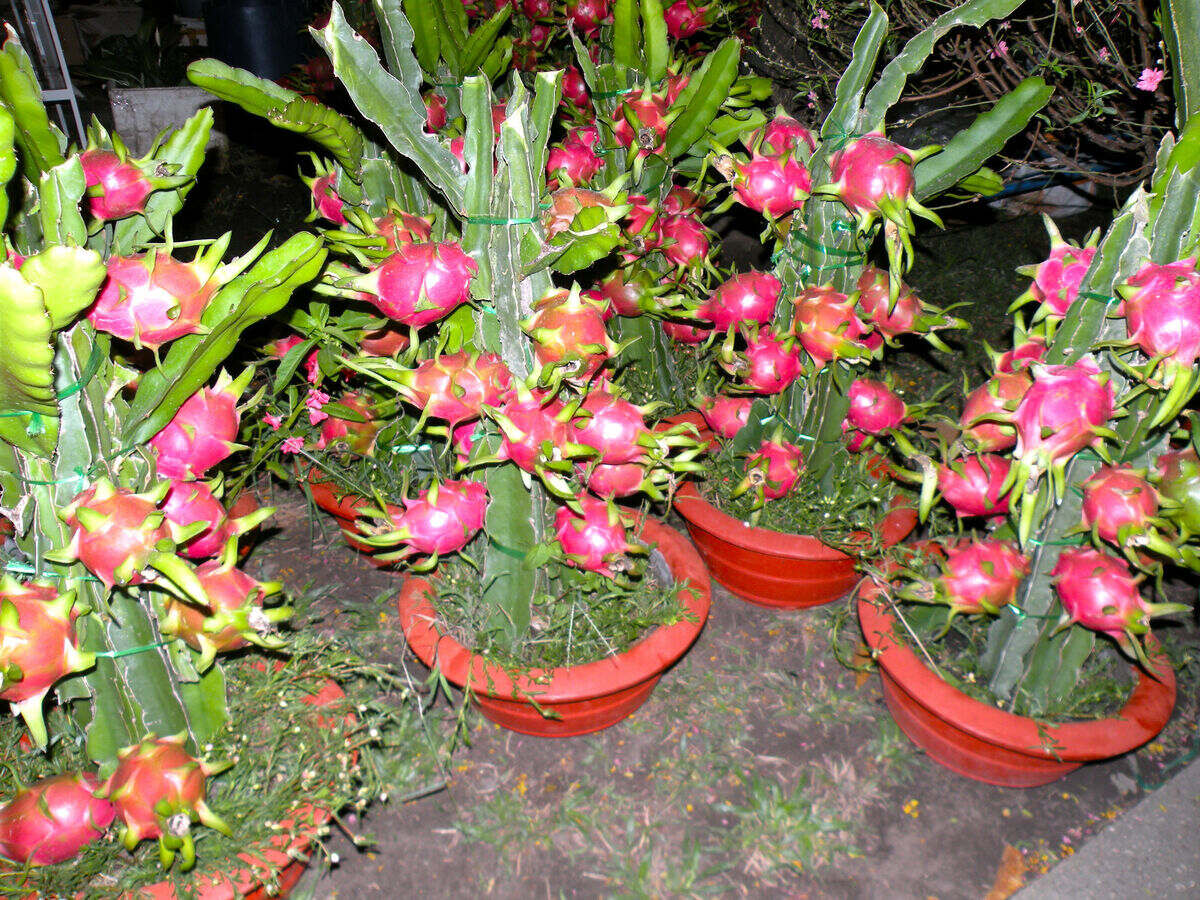
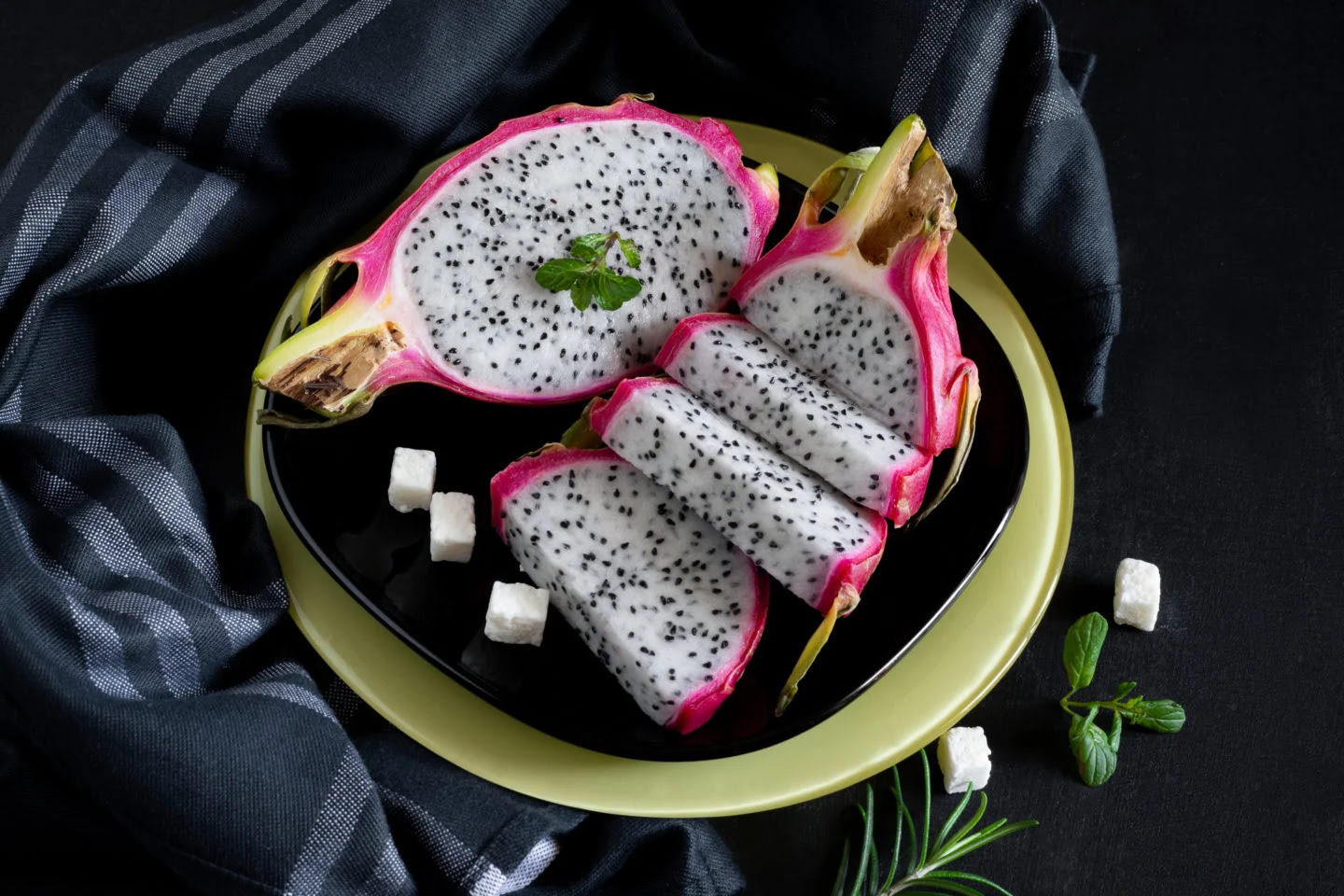
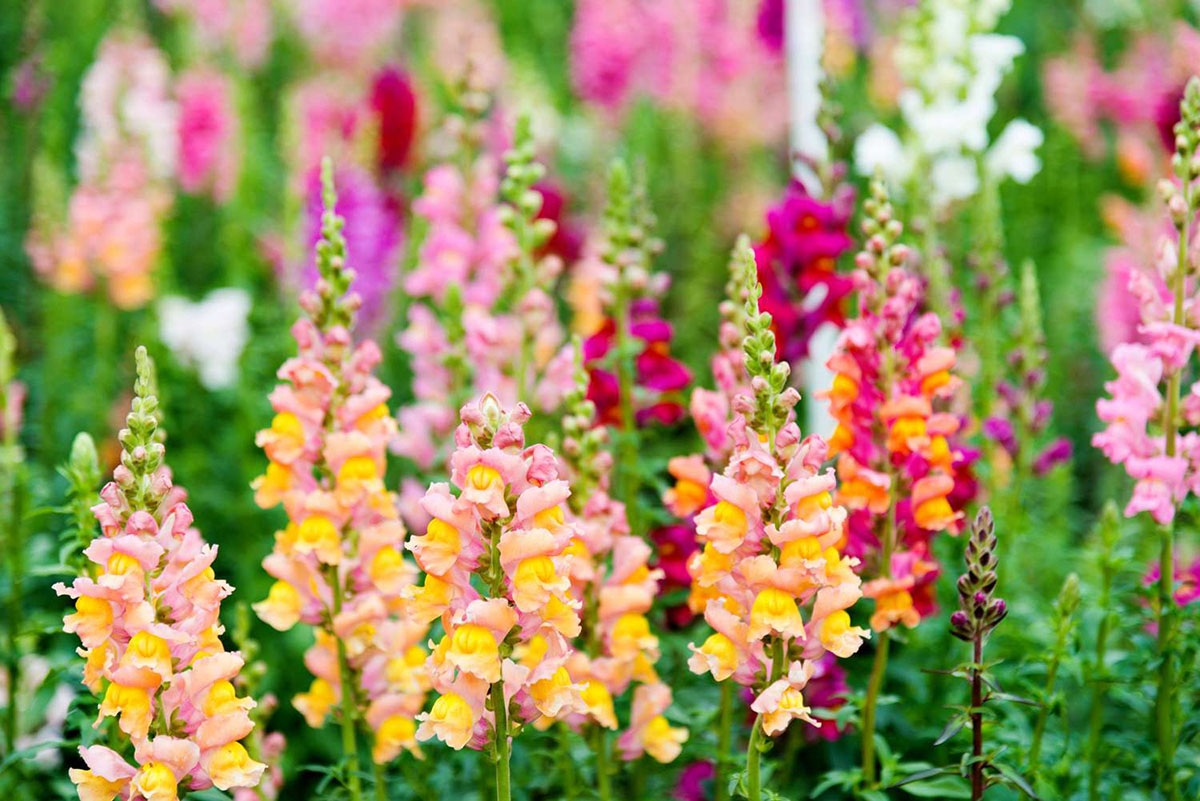
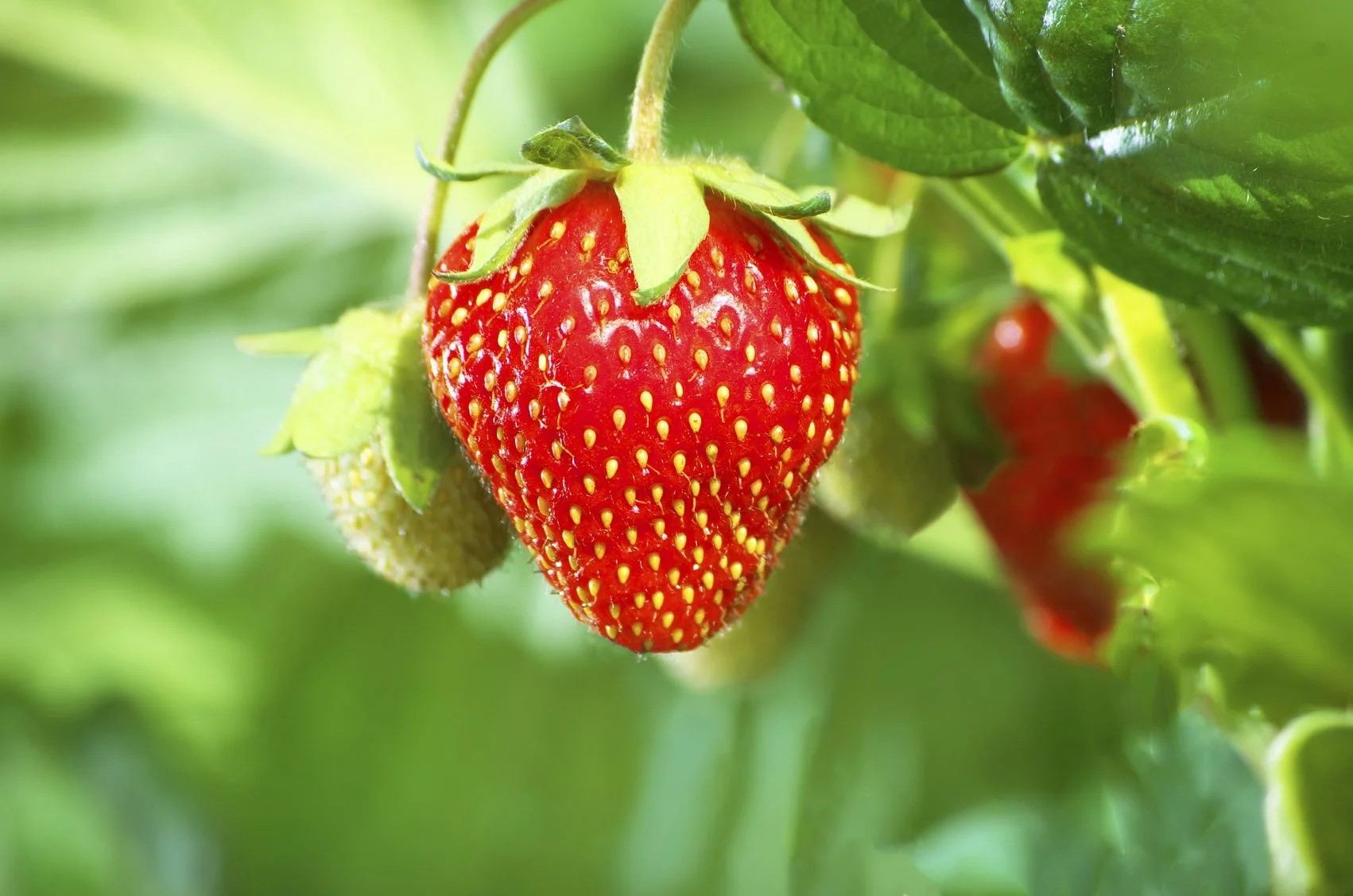
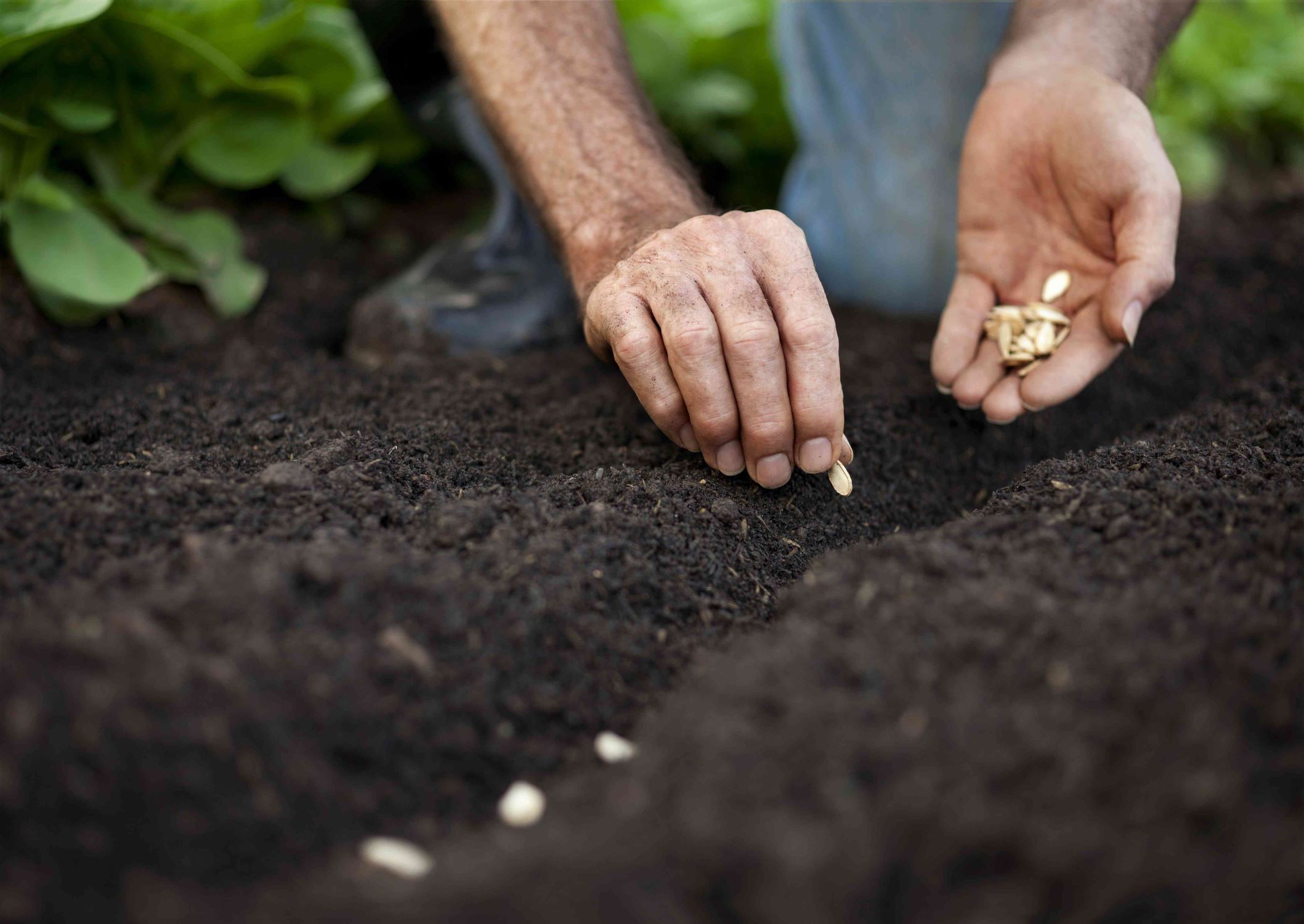
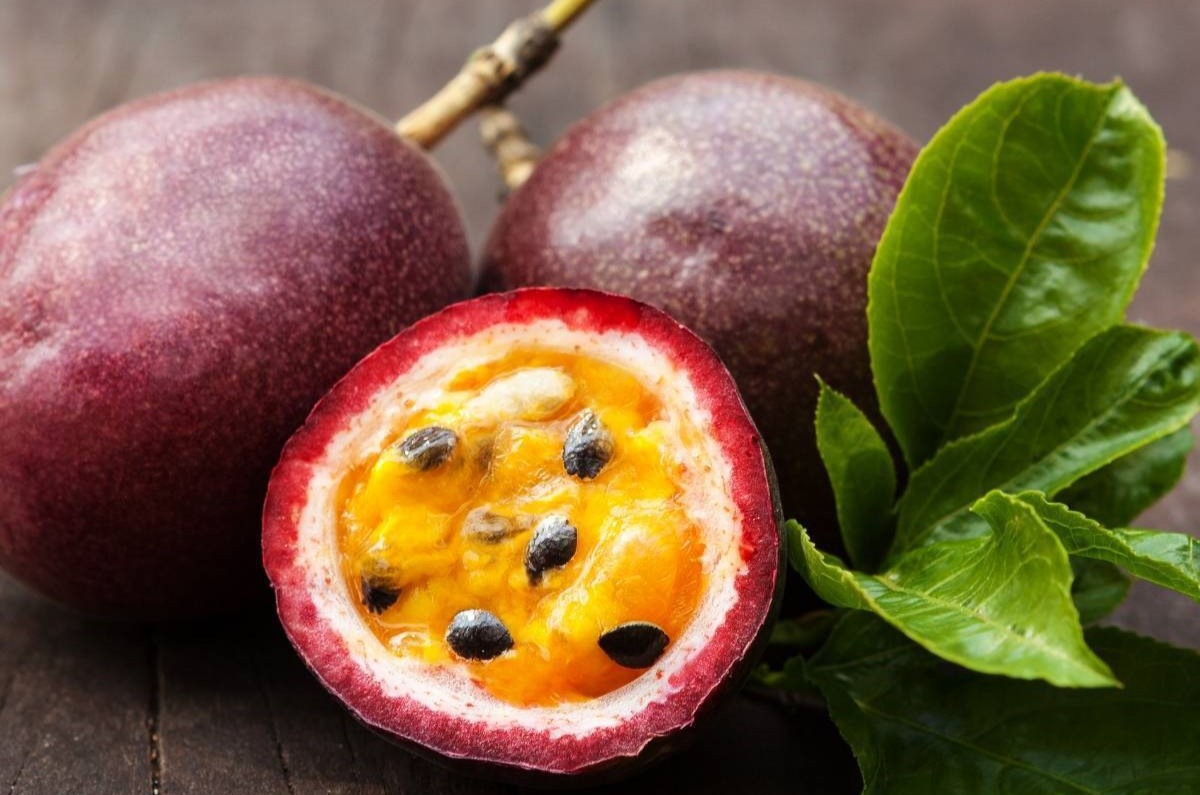
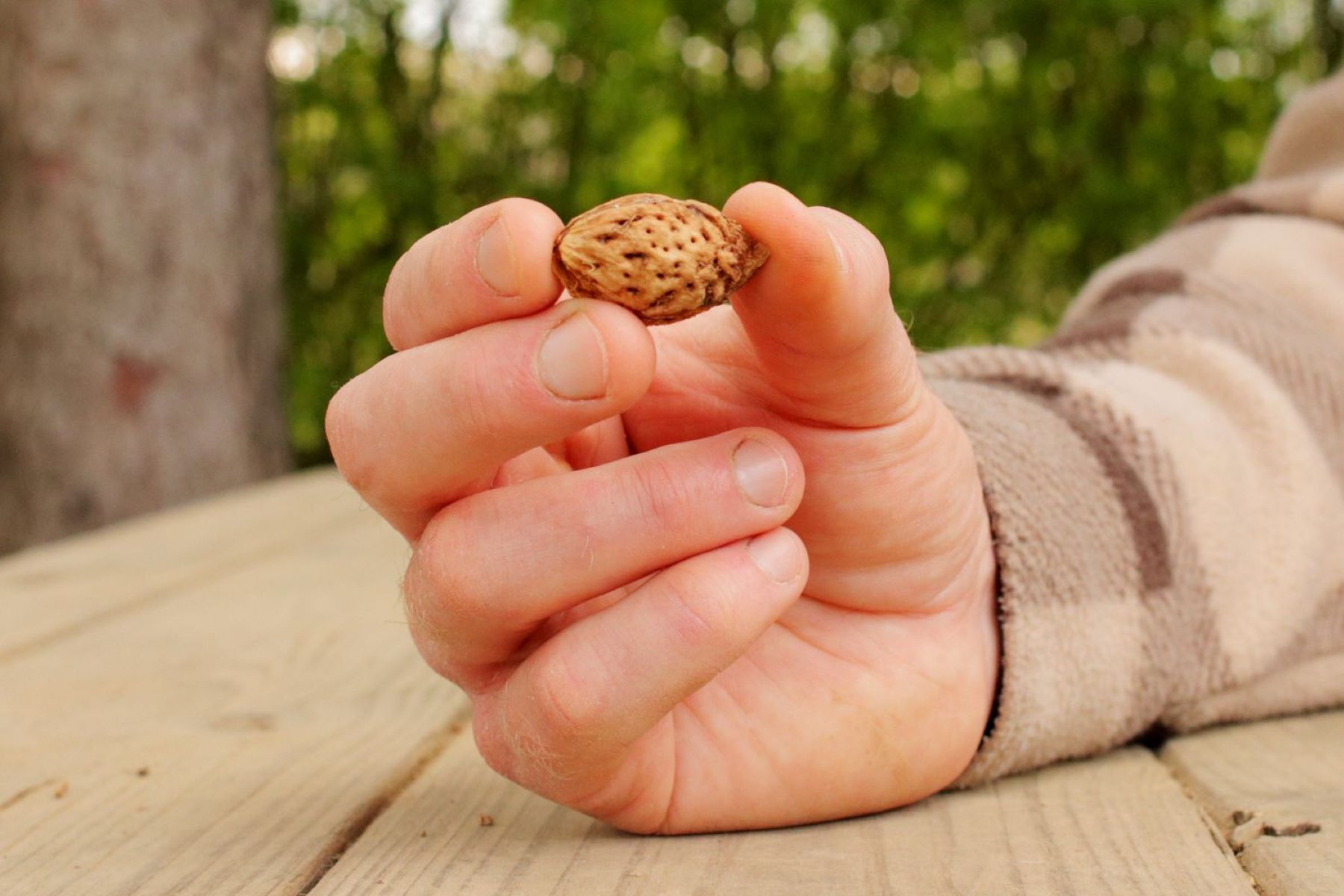
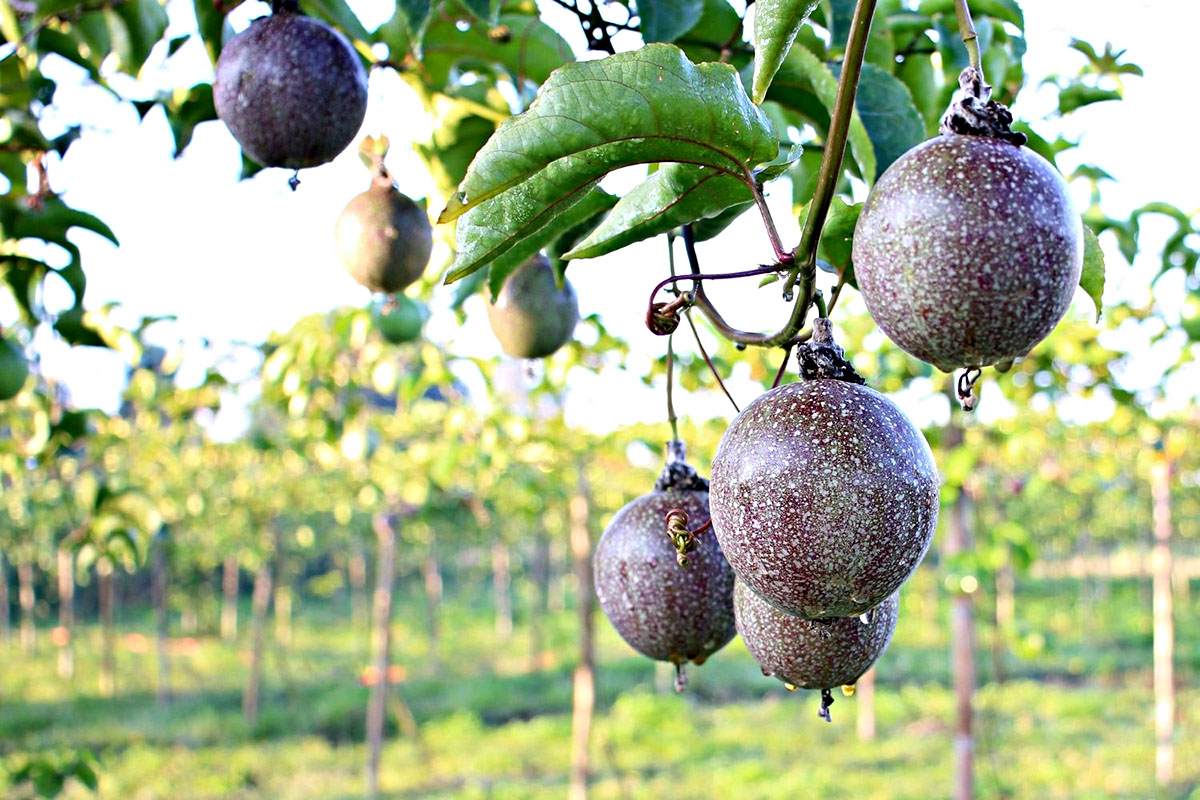
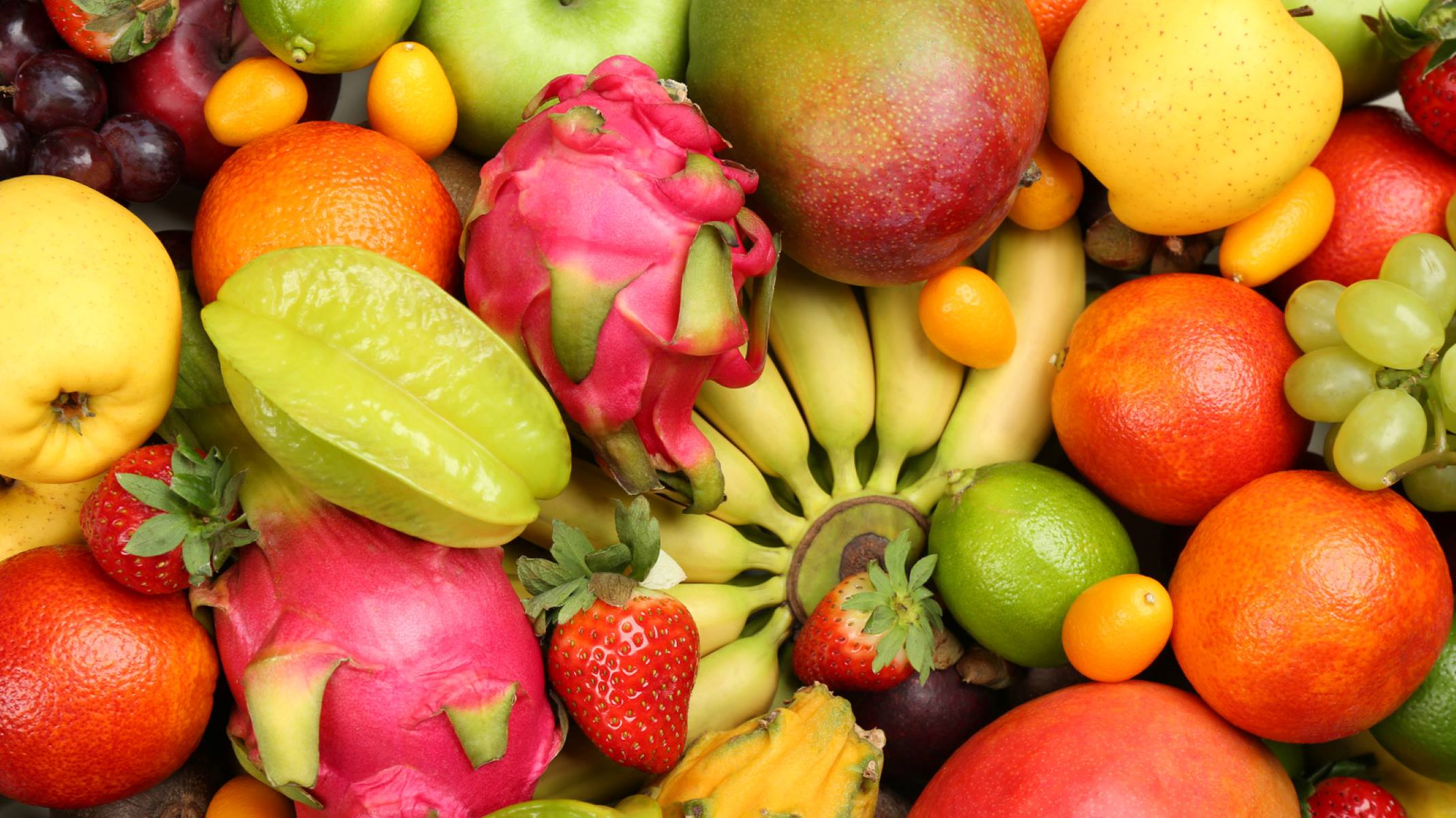
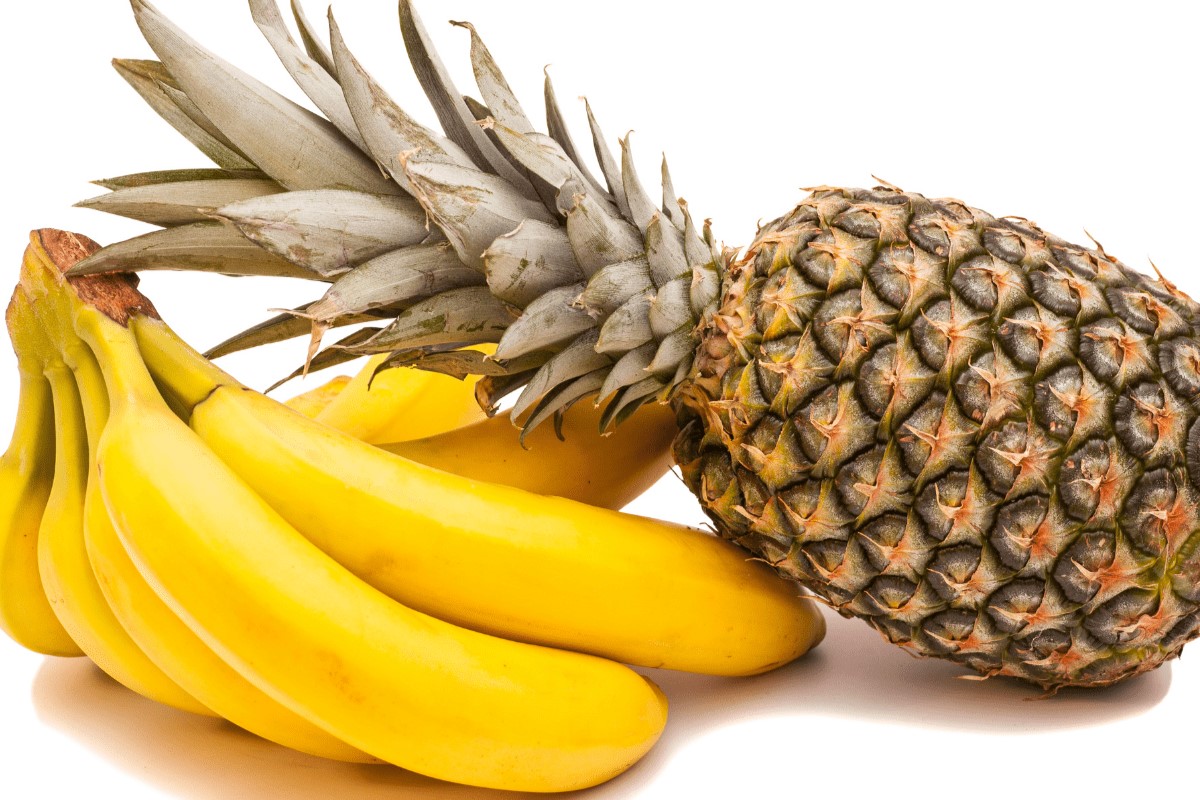
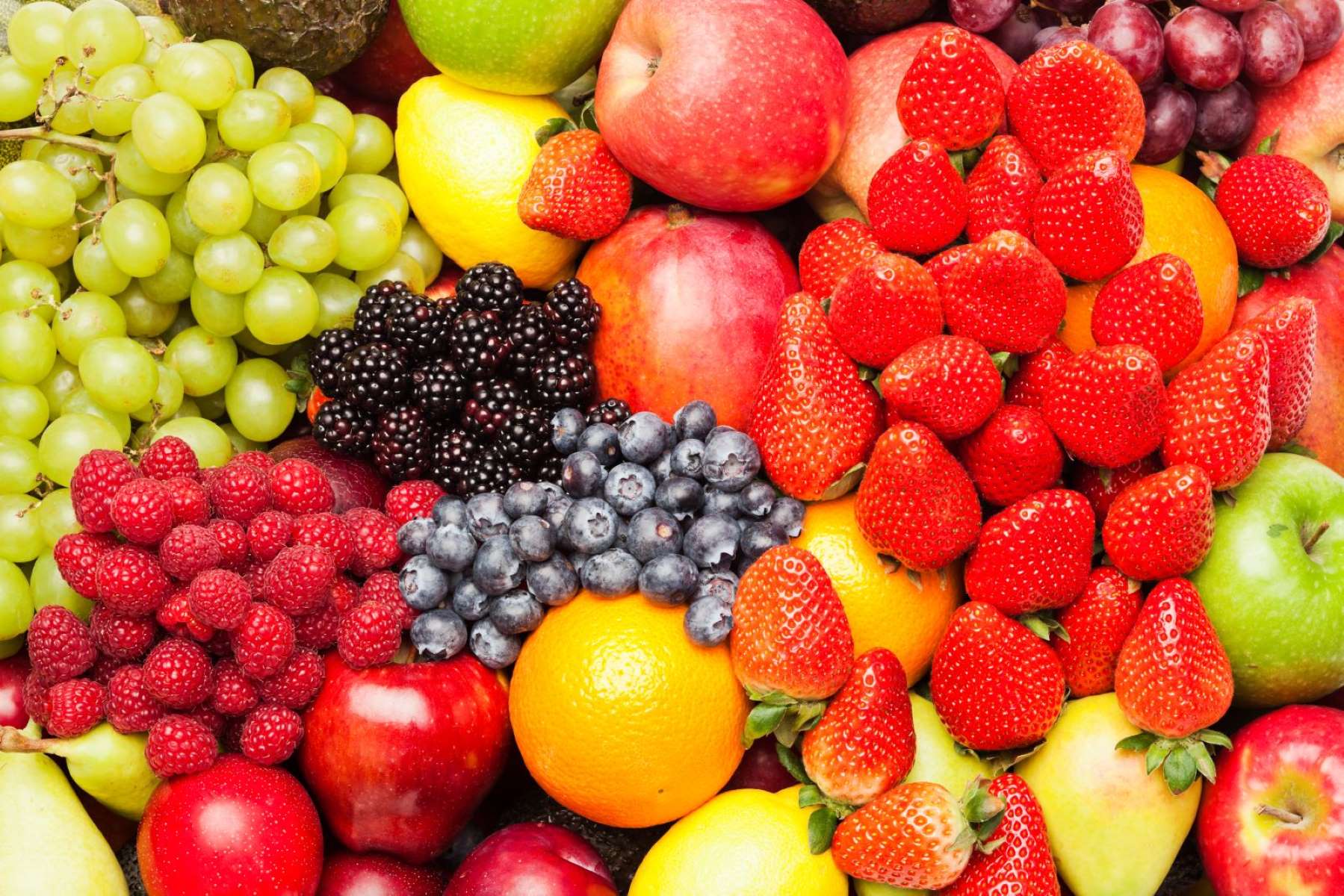
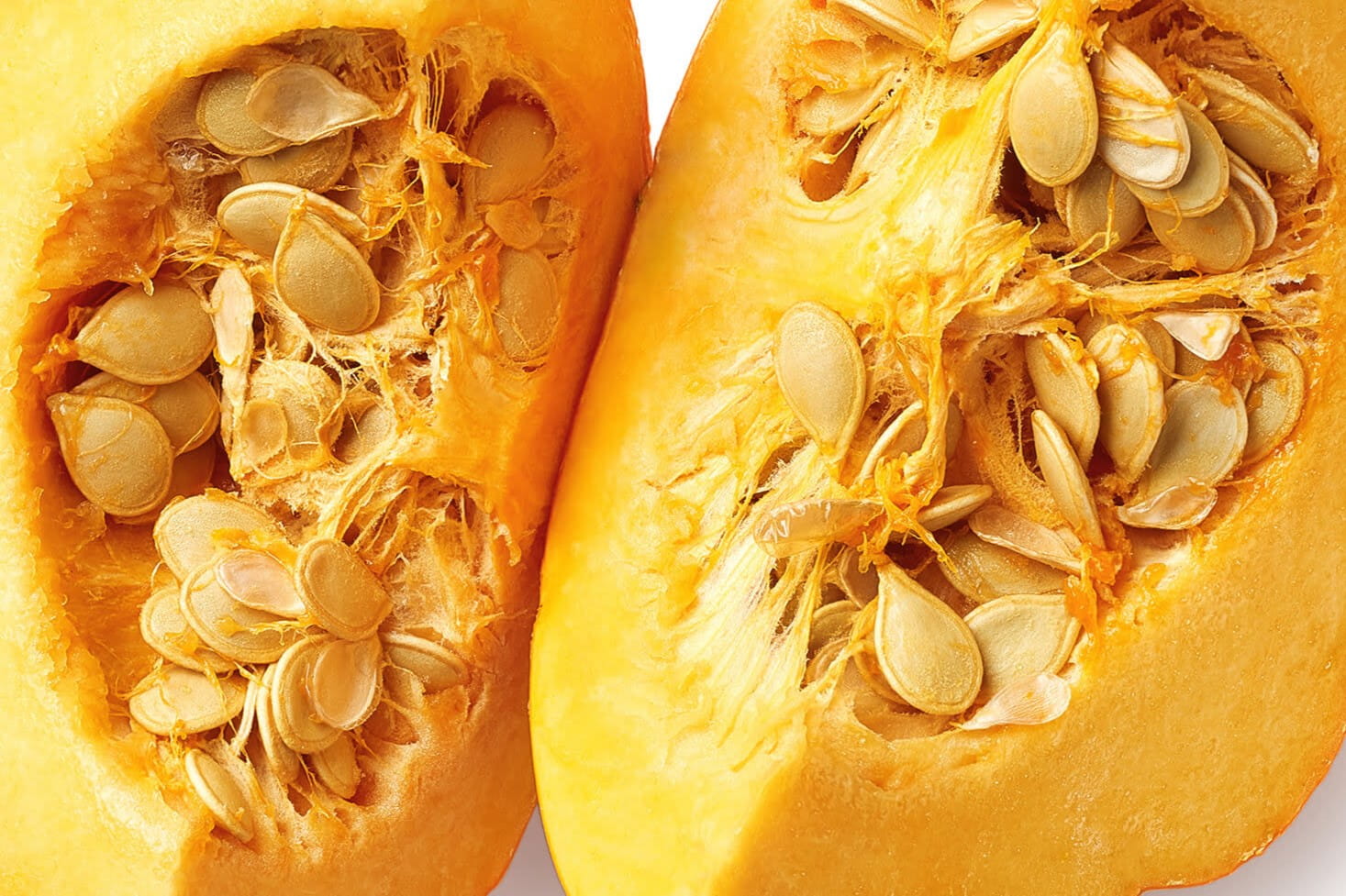

0 thoughts on “How Many Seeds Are In A Dragon Fruit”